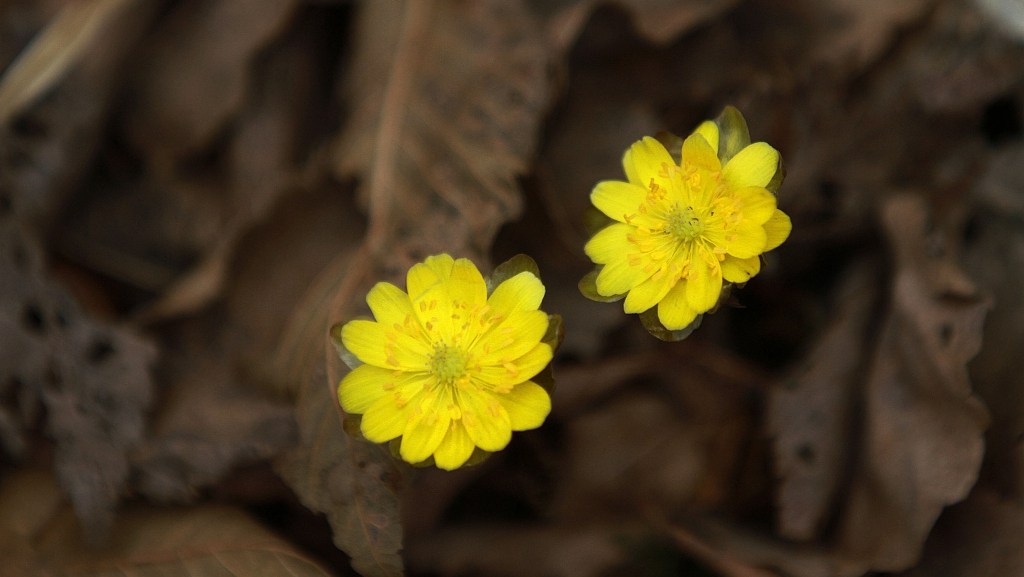
Plant
13:24, 24-May-2019
China's Flora Tour: Wisdom to survive the bitter cold
CGTN

Amur adonis is almost always the first one to sense the arrival of early spring in northeast China, even when the area is still covered by snow.
The flower's blooming period lasts from the end of March to early April, the time when northeastern China sees no ending signs to the severe cold weather. Uninvited snow and freezing temperature keep the vegetation in the area from sprouting, but amur adonis is an exception.

An amur adonis blooms in the snow. /VCG Photo
An amur adonis blooms in the snow. /VCG Photo
When most of the plants in the forest are expecting new leaves, it is the opportunity amur adonis seizes to reach its full blossom. Less density allows more sunlight to shed on the lower ground where the flower grows. Years of evolution has helped it to develop the high efficiency to finish the whole circle from bloom to fruit-bearing, regardless of the disadvantage in height. By the time all tall trees are armed with leaves, amur adonis has already finished the mission and gotten ready for the blossom next year.

Amur adonis in the wild. /VCG Photo
Amur adonis in the wild. /VCG Photo
Many flowers need insects to pollinate, amur adonis belongs to this category. But they also have a plan B, in case of not enough insects to finish the pollination given such low temperatures. So they opt to rely on themselves by self-pollination which can guarantee a 50-percent seed-setting rate.

SITEMAP
Copyright © 2018 CGTN. Beijing ICP prepared NO.16065310-3
Copyright © 2018 CGTN. Beijing ICP prepared NO.16065310-3